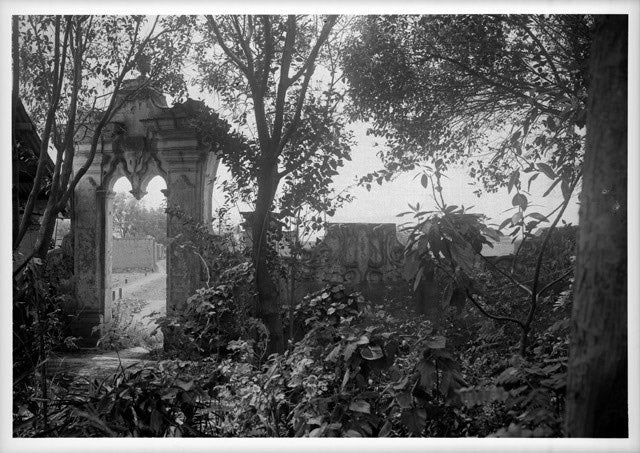
Pencil
Share
Jorge Pedro Uribe Llamas
First a consideration: there is not just one Pensil. It is better to talk about the Pensiles: the North, the South, the Ahuehuetes Anáhuac, the Modelo Pensil... A whole region in itself, historically belonging to the ancient lordship of Tlacopan, or Tacuba in Spanish. From the time of the Conquest, the Spaniards knew how to take advantage of the fertility of these lands for farming and livestock breeding. In this way, haciendas, ranches, orchards began to flourish in the area... It was a direction far from Mexico City, where it was not uncommon even at the beginning of the 19th century for wealthy capital residents to own a vacation home. This is the case of a certain Marco de Ybarra, who in the 1760s cultivated a beautiful garden in the old neighborhood of Santa María Magdalena Tolman. He called it El Pensil Americano, and of course, after Independence, it was more appropriate to rename it as Mexicano. Let’s take a moment to clarify that the word pensil, currently out of use, means "delightful garden." In this cared-for pensil, Mr. Ybarra would gather with his family and friends to eat, drink, listen to music, perhaps dance, engage in contemplation, even pray. It is a pity that the property later fell into neglect, and what happened then is long to explain, but let us settle for knowing that a certain German ambassador named Gosch Mack bought it at the beginning of the 20th century and his grandson, José Paz Gosch, began to subdivide it in 1967 for the construction of warehouses and apartments. The Pensil Mexicano then gradually fell into ruin, and in our days, only certain structures remain standing, the most striking being the access gate and a bit of the chapel, perhaps designed by the great Lorenzo Rodríguez, no less. By 1911, this area of ranches and vacation homes was already integrating into the capital, which seemed to be stretching out like a hungry teenager. Trams were running, and it became fashionable to live in residential neighborhoods, outside the Center. It was in the 1930s when the Pensiles began to be populated mainly by immigrants from other parts of the country. Fields of milpas and sunflowers could still be seen, as well as remnants of the famous brick factories. In the 1950s, the San Joaquín River was piped, and new nearby neighborhoods emerged, such as Polanco, Anzures, and Irrigación. The Cervecería Modelo stood out in the landscape. Today, many neighbors still attend mass at the church of Lupita and shop at the Mercado 18 de Marzo, as well as exercising at the Deportivo José María Morelos y Pavón. The Pensiles are considered a tough neighborhood, eminently popular. With one or two surviving old pulquerías. It is worth taking a stroll, trying to enter the Pensil Mexicano, the only viceroyal garden we have left and declared a Historical Monument in 1932. Celebrate good or bad luck at the nearby cantina Chin Chun Chan, in Golfo de Adén. Keep walking, discovering modest wonders.

